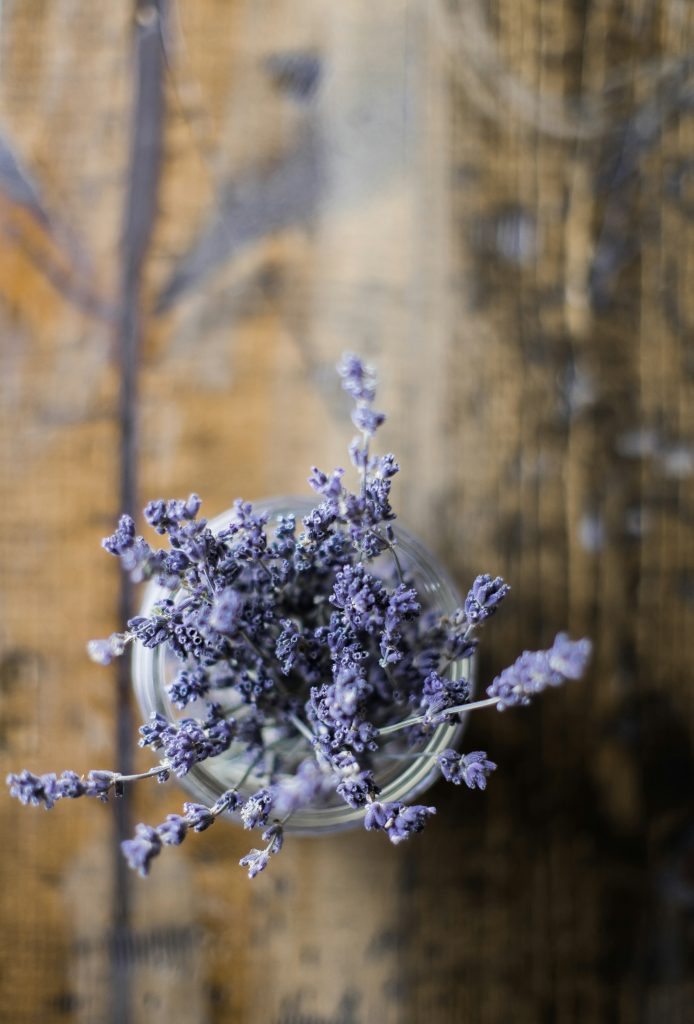Lavender Tree Care
embark on a journey into the fragrant world of these charming botanical beauties. A lavender tree, with its delicate blooms and soothing scent, is easy to accommodate in the garden bed or pot, since the blooms sit off the ground and provide opportunity for companion planting below. Your garden will love the way your lavender tree attracts pollinators!

Type of Lavender Tree
Like so many things in the garden, understanding the different types of lavender can be a bit overwhelming. From English lavender to Spanish lavender and everything in between, each variety brings its own unique flair to the garden party. Think of them as the diverse cast of characters in the indie film of your garden. Lavender trees, in particular, are typically referred to as lavender topiaries and lavender standards.
photo credit wilsonbrosgardens.com
Lean heavily on your local nursery or garden center to suggest what lavender tree will work best for your space and climate. Armed with their advice, you can be confident in your lavender purchase.
Cultivation and Care
Now, let’s talk about keeping these botanical heartthrobs happy. Lavender trees may seem low-maintenance, and they are, but they do have their preferences. They like it hot and dry, with well-drained soil and plenty of sunlight. And don’t forget the occasional trim to keep them looking sharp.
Uses and Benefits
Much like a good glass of chardonnay after a long day, lavender trees offer a sense of calm and relaxation to the weary soul. Whether you’re dabbling in aromatherapy, spicing up your culinary creations, or pampering yourself with homemade skincare goodies, lavender’s got your back. It’s like having your very own personal wellness coach in plant form.
Landscaping with a Lavender Tree
Ah, the art of landscaping with lavender trees – it’s like arranging the perfect outfit for a first date. Whether you’re going for a romantic cottage garden vibe or a sleek modern look, lavender trees add a touch of elegance and charm to any landscape. Just remember to choose their companions wisely, and ensure they have space to mature.
Harvesting and Preservation
Now, let’s talk about harvesting those fragrant blooms – it’s like collecting memories from a summer romance. Snip them at the peak of perfection, hang them up to dry, and voila – you’ve got yourself a stash of aromatic goodness to enjoy all year round. It’s like bottling up sunshine and happiness in plant form. Once dry, your lavender is ready to be added to a warm bath, a hot tea, or even some simple syrup to dignify almost any mixed drink!
Symbolism and Cultural Significance
Lavender has a long history of symbolizing love, purity, and tranquility – kind of like that timeless love story you can’t help but swoon over. From ancient rituals to modern-day celebrations, lavender’s got a knack for bringing people together and spreading a little joy wherever it goes. It’s like the ultimate matchmaker of the botanical world.

Lavender Tree Challenges and Solutions
Of course, no romance is without its challenges, and lavender trees are no exception. From pesky pests to finicky weather conditions, they’ve got their fair share of obstacles to overcome. But with a little TLC and some strategic problem-solving, you can keep your lavender trees thriving and happy – just like any relationship. When you have questions about your lavender tree, be sure to seek the counsel of your local garden center (and therapist suite).
As enchanting as lavender trees may be, they are not immune to challenges in the garden. Like any relationship, they require care, attention, and a bit of problem-solving to flourish. So, what are some of the hurdles you might encounter, and how can you overcome them to ensure your lavender trees continue to thrive?
- Pest Problems: One of the most common challenges for lavender trees is dealing with pests such as aphids, spider mites, and whiteflies. These tiny invaders can wreak havoc on your plants, sucking sap from the leaves and causing wilting and yellowing. To combat these pests, consider introducing natural predators like ladybugs or lacewings to your garden. Alternatively, you can use insecticidal soaps or neem oil to deter them.
- Disease Dilemmas: Lavender trees are generally resilient against diseases, but they can still fall victim to fungal infections like root rot and powdery mildew, especially in humid or overly moist conditions. To prevent these diseases, ensure your lavender trees are planted in well-draining soil and avoid overwatering. If you notice signs of fungal infection, such as yellowing leaves or powdery white spots, treat your plants with a fungicide appropriate for lavender.
- Weather Woes: Lavender trees thrive in hot and dry conditions, but they may struggle in climates with excessive humidity or prolonged periods of rain. In such cases, providing adequate air circulation around your plants can help prevent moisture buildup and reduce the risk of fungal diseases. You can also consider planting lavender trees in raised beds or containers with well-draining soil to improve drainage and mitigate waterlogging during heavy rains.
- Pruning Predicaments: While lavender trees are relatively low-maintenance, they benefit from regular pruning to promote healthy growth and maintain their shape. However, improper pruning techniques can damage the plant and inhibit flowering. To avoid pruning pitfalls, use sharp, clean tools to trim your lavender trees in late spring or early summer, after the first flush of blooms has faded. Focus on removing dead or woody growth and shaping the plant to encourage bushiness.
- Soil Struggles: Lavender trees prefer alkaline, well-draining soil with a pH between 6.5 and 8.5. If your soil is too acidic or compacted, it can inhibit the plant’s growth and flowering. To remedy this, amend your soil with lime to raise the pH and improve drainage. You can also incorporate organic matter such as compost or sand to increase soil porosity and aeration.
By addressing these challenges head-on and implementing proactive solutions, you can ensure that your lavender trees remain healthy, vibrant, and full of fragrance for years to come. Remember, a little care and attention go a long way in nurturing these botanical beauties and enjoying their many benefits in your garden. So, roll up your sleeves, put on your gardening gloves, and embrace the joys and challenges of cultivating lavender trees – it’s a journey worth taking.
Conclusion
So there you have it – our guide to lavender trees, complete with blooms, bliss, and everything in between. Whether you’re a seasoned gardener or just a hopeless romantic, there’s something undeniably enchanting about these fragrant botanical treasures. So go ahead, embrace the romance of a lavender tree in your garden, and let their charm sweep you off your feet.
